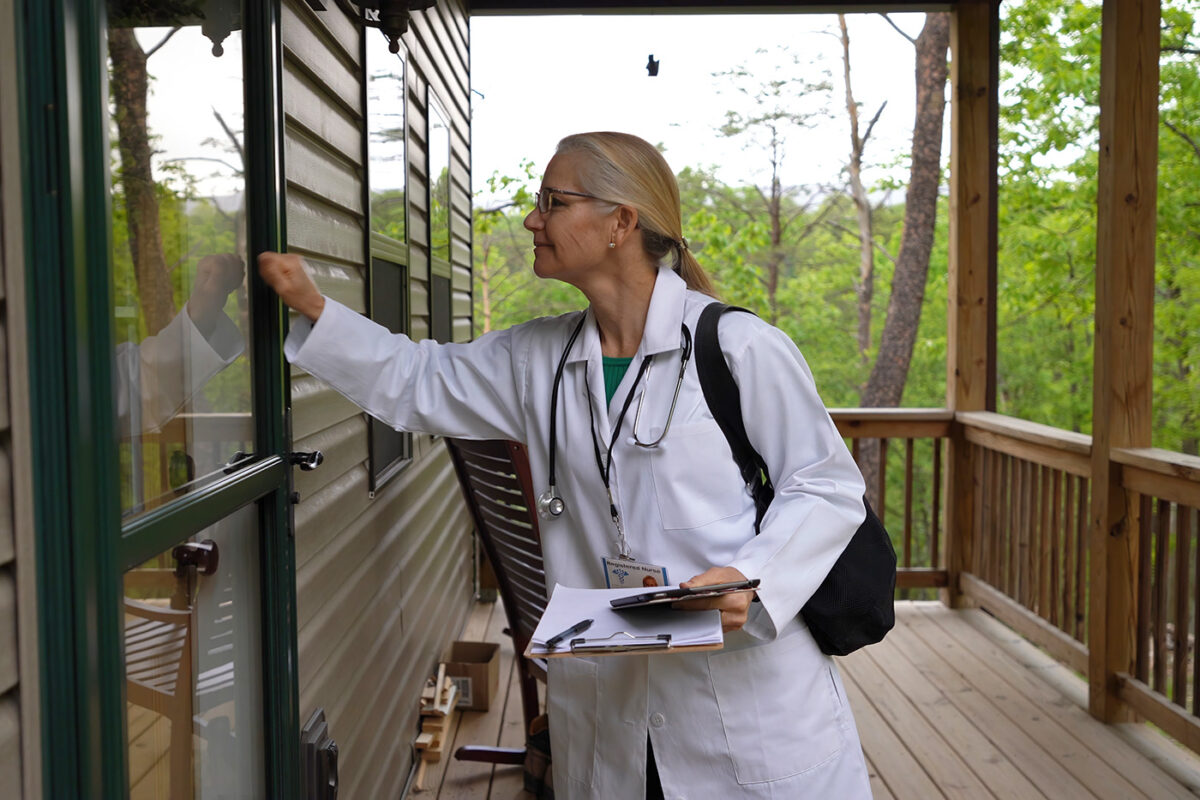
Author
Jennifer Wessel, JD, MPH
Senior Policy Analyst and Data Privacy Officer
Contact
ACHI Communications
501-526-2244
jlyon@achi.net
On Tuesday, June 25, U.S. Surgeon General Dr. Vivek Murthy issued an advisory declaring gun violence a public health crisis.
The advisory, issued as the recent mass shooting in Fordyce, Arkansas, heightens awareness of gun violence, emphasizes the pervasive and escalating nature of gun-related deaths and injuries and their considerable impact on children and adolescents.
The advisory also discusses the effects of gun violence on mental health and the broader public health landscape and presents strategies for prevention focusing on children, families, and communities.
Key Points From the Surgeon General’s Advisory
- The rate of firearm-related deaths in the U.S. reached a near three-decade high in 2021, with homicides increasing over the last decade and suicides increasing over the last two decades.
- The U.S. has higher firearm-related death rates compared to other high-income countries, with a stark discrepancy in child and adolescent mortality rates.
- Gun violence is the leading cause of death for children and adolescents in the U.S.
- Certain demographics face disproportionately higher rates of firearm-related homicides and suicides. Black children and adolescents account for about half of these deaths, despite making up only 14% of the U.S. child and adolescent population.
- Exposure to gun violence can contribute to widespread mental health challenges, including depression, anxiety, and post‑traumatic stress disorder.
Public Health Approach to Firearm Injury and Violence Prevention
The public health approach aims to reduce firearm-related injuries and deaths while addressing the broader social determinants of health contributing to violence. The Surgeon General is calling for the widespread adoption of this approach. Critical components of the approach are described below.
- Enhance data collection and research.
- Improve data sources and collection methods to understand the short- and long-term impacts of gun violence.
- Expand research to evaluate prevention strategies and their effectiveness.
- Implement community-based strategies.
- Develop and support violence prevention and emergency preparedness strategies within communities.
- Encourage community interventions to address risk factors and provide support services.
- Promote safe firearm practices.
- Advocate for safe firearm storage and child access prevention laws.
- Implement universal background checks and purchaser licensing laws.
- Ban assault weapons and large-capacity magazines.
- Increase mental health access.
- Prioritize access to affordable, high-quality mental health care for those impacted by firearm violence.
- Enhance safety measures and mental health resources in schools, which includes expanding the school-based mental health workforce.
Arkansas has a high rate of firearm-related deaths. The state’s rate was 21.9 per 100,000 people (or 666 deaths) in 2022, the eighth-highest state in the U.S. This is above the national rate of 14.5 deaths per 100,000 people. From 2019 to 2021, the rate of child deaths due to firearm injury in Arkansas was 8.7 per 100,000 children ages 1-19. The national rate in the same period was 5.3 deaths per 100,000 children.
The surgeon general’s advisory serves as a call to action for policymakers, healthcare providers, and communities to collaborate on reducing gun violence. It comes at a time of much legal activity surrounding gun rights, including several recent U.S. Supreme Court decisions with significant implications for gun laws. In New York State Rifle & Pistol Association v. Bruen (2022), the high court struck down New York’s concealed carry law, making it easier for individuals to carry firearms in public. In Garland v. Cargill (2024), the court struck down a federal ban on bump stocks, ruling that the Bureau of Alcohol, Tobacco, Firearms and Explosives exceeded its authority by classifying these devices as machine guns. In United States v. Rahimi (2024), the court upheld restrictions on gun ownership for individuals with domestic violence restraining orders, reaffirming certain limitations on gun possession.
These rulings highlight the ongoing tension between protecting individual rights and ensuring public safety. The goal of adopting a public health approach is to create safer environments and prevent further loss of life through data-driven strategies, community-based interventions, and policies that promote responsible firearm ownership.






